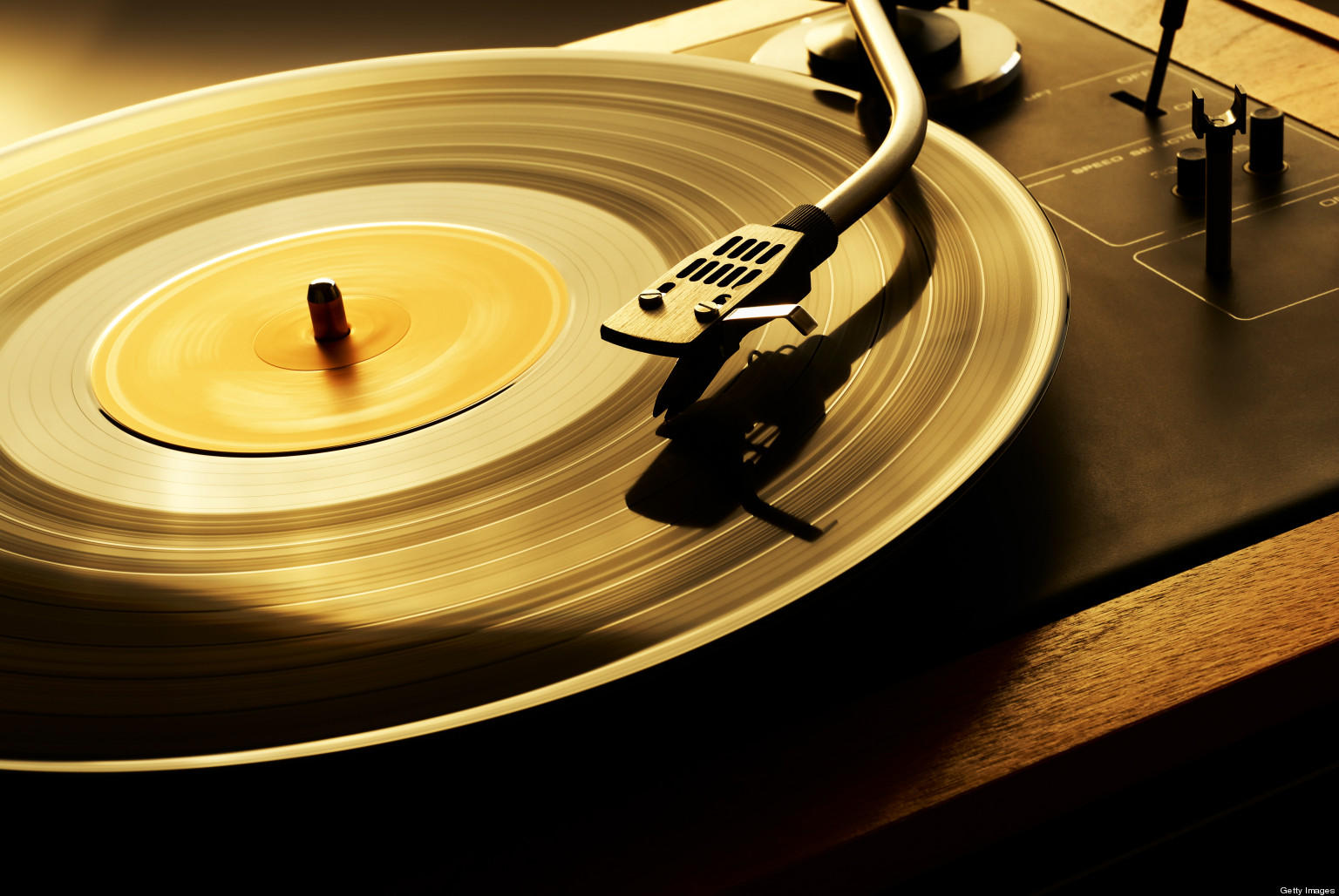When the needle reaches the inner circle, the music stops. You can flip the disc if you'd like to hear more, or get another one if you want a change.
Remember those? If you're under twenty-five, you probably have a historical view about this antiquated technology more than you have much experience with it as a viable audio format. If you're older, things get more complicated. And before I really get going here, I’m not going to spend any time on the much reported resurgence of vinyl, the old-is-now-new hipster audio format. That’s a subject for someone else to cover.
Long-playing records required greater hands-on interaction than contemporary forms of audio playback. Beyond simply being more fragile, they required an actual degree of physicality. There was an object in the form of the disc itself. There was a machine in the form of a record player, with gears and highly precise, carefully machined, nearly microscopic elements called needles designed to physically capture the vibrations generated as it passed over textured grooves. The direct interaction between the two happened only by your dexterous, motivated hand placing that electric pick-up at the outermost edge of the spinning record. After that, you got sound, physical and finite, flowing out from the recording.
Remember liner notes? Cover art? Record stores? As much as these quaint terms all seem like anachronisms, like film canisters and flashbulbs relegated to a bygone world with no chance of reincarnation, these were the mechanisms by which music reached us. Nonetheless, it’s fascinating to note that for the many decades when vinyl platters spun on turntables, music issued forth from countless speakers with relative ease.
I do not wish for a return to records and record players. I am not nostalgic for analog audio solutions, and I'll admit that I spend an awful lot of time excited by many media possibilities available now in the digital world that would have been impossible in the preceding century. But that doesn't mean I’m a wholesale acolyte of this new cloud-based, ubiquitous media world.
Here's why. The act of playing a record a few decades ago required a small measure of commitment beyond what we need to do today. We needed to move through space, we needed to hold an fragile object in our hands, we needed to get involved in a physical process that would reveal sound. Even if we knew nothing about how to make music on our own, we were still the final element in a complex chain of actions to receive the audible ideas that an artist decided to deliver. Without us to play it back, there was no recorded music.
More to the point, and album side only lasted about 20 minutes or so. The only way to hear the other side was to get out of your chair and go turn it over. If you did that and played through that second side, you reached the end of the record. To hear more music would require more intentional selections from a finite stack of other records. If you didn’t have physical access to the thing you wanted to hear, you didn’t hear it.
Not anymore. Now I can listen to anything I want at what essentially amounts to any moment of any day. That endless power to give me what I think I want comes thanks to the power of distant server farms and decentralized, faceless masses of music curators, or (more to the point), algorithms. Yet while everything’s available all the time, I have no relationship with my music streams these days. Endless music opportunities requires me to do little more than utter an offhand comment into my phone, or perhaps put my thumbs to work for a brief moment of tapping. Unless I make a conscious effort one song simply blends into the next. Songs from different artists in different genres crash together like spices from a spice rack dumped into a bowl without regard to cuisine.
I care about music, just like I care about books and movies and paintings. But when everything is available all the time, each item in particular matters less and less. It’s the law of supply and demand, the dilemma of tasty food served at an already heavily laden table, the cool drink of water offered in the middle of 40 days of rain.
Here’s what you need to do. Make choices. Decide you’re going to read an article, an essay, or a book one evening, and don’t get out of your chair for a while. Choose something meaty enough to require your full attention. Read it long enough so that you start to disappear into it.
Or try this: make a conscious choice to listen to a curated musical selection without doing anything else: no dish washing, no laundry folding, no bill paying. Just listen, and let the musician who made the recording play the music for you.
Feel expansive? Go to an art gallery and pay attention to what you find there. Decide that you’ll put your phone in airplane mode and duct tape your hands together for an hour so you won’t fiddle with it like a phantom limb. You’ll be fine, and the art work you’ll find surrounding you will practically get up and move.
Trust me: it’s true. The more you get involved in your own aesthetic experiences, the more those aesthetic experiences will invest themselves in your life. Ultimately, that’s vital for a meaningful life, isn’t it? Would you rather chase an eternal stream of “likes” and “thumbs up” or would you prefer to live a life of genuine experience, where the music on the long playing record gets a chance to move you beyond simply keeping a beat?
@michaelstarobin
facebook.com/1auglobalmedia

